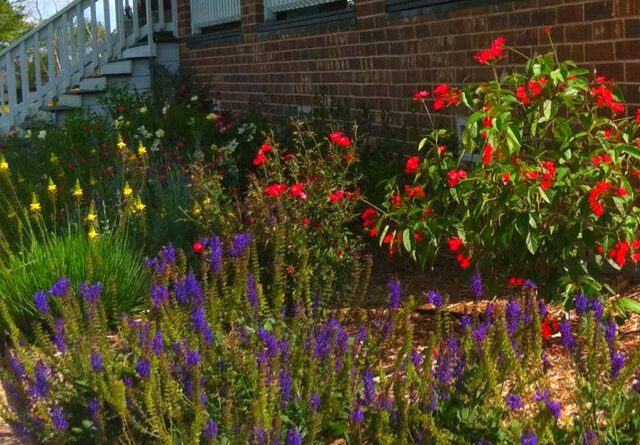Rooted problems – protect your garden from risk
Don’t let rare and indigenous plants become uninsured thorns in your side
A spike in the demand for greenery – from highly valuable plants like cycads to red-listed succulents like those found in the Karoo – is sparking what many are calling a “plantdemic”. This is sending plant prices soaring and seeing a rise in poaching from public parks and protected areas – not only in South Africa, but also globally.
“Plant collectors, as well as homeowners with rare, valuable, and large numbers of indigenous plants, should take note of these incidents,” says Tarina Vlok, MD at Elite Risk Acceptances, a high-net worth insurer and subsidiary of Old Mutual Insure. “If anything, they show that plants are in demand, and it is worthwhile for homeowners to assess the potential risks around their outdoor areas, whether from owning expensive plants, extravagant water features or designer gardens.”
Recently an individual was arrested for illegal dealing in cycads by the Hawks, with the team recovering these highly valued plants from his property, including two large encephalartos ghellinckii cycads, and 39 small encephalartos natalensis cycads, which can sell for tens of thousands of rands.
Early in November 2022 three Saudi Nationals were fined R2 million for illegally harvesting 1 633 386 indigenous plants, which were found hidden inside their luggage. This comes off the back of
authorities having reported earlier this year that indigenous plant poaching is on the rise, with the SA National Biodiversity Institute having estimated that more than 1,5 million dwarf succulents were removed over the past three years from the Karoo, many of them red-listed.
“Although it is not clear what is driving theft of indigenous and rare plants, a good tip for homeowners would be to ensure that they buy high-value plants from a reputable source like an accredited nursery or supplier. If you had to have a claim event, you may be negatively affected if it turns out you contributed to illegal trade, even if it was unknowingly done,” says Vlok.
She adds that more people are lavishing attention on their gardens – particularly the wealthy.
“Many affluent homeowners are extending their love for high-value collectibles to their garden, with decorative, unique and rare plants and trees, but these are not always covered by insurers if a claim event happens, so it is best to speak to your insurer,” says Vlok.
Homeowner policies usually cover theft of or certain damages to plants, trees, pots, or lavish statues for example, while specialist insurers could potentially give wider cover to rare and valuable plants. “It is advisable to check what your covers and limits are with your insurer.”
Theft of garden add-ons like metal post boxes or signage outside the property can also take place – especially with thieves wanting to make money from selling items made of valuable commodities like copper and metal.
“This would fall under buildings cover, rather than your contents policy,” says Vlok. “Check your policy wording for your home contents insurance and buildings insurance. It is important to be aware of what is covered by your insurance policy and what add-ons you will need to ensure your home is properly covered both inside and outside.”
She adds that common insured events including damage to gardens because of fires, or if a contractor is hired to fix something in the garden – and damages an irrigation pipe, trees, shrubs, or plants – as well as if damage from accidents (say, if a car drives into your wall and garden from the street).
“Consult with your broker or insurer after undertaking landscaping or buying a rare or valuable plant. Knowledge is power and understanding your policy is of utmost importance so that your gardens are fully protected, and you are not in left in the lurch if suffering a loss,” concludes Vlok.




